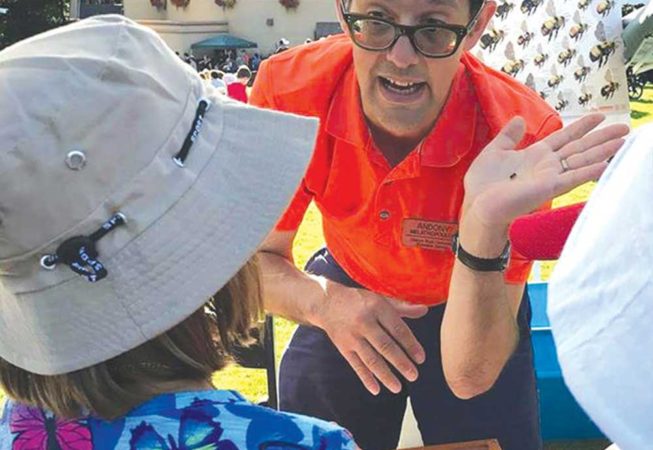The (Considerable) Obstacles to Increasing Honey Bee Forage in Oregon
The erosion of the area planted to honey bee forages has significant impacts not only to honey yields, but also to the health of honey bee colony stocks. While there have been a number of efforts to increase forage area by federal, private and local regional initiatives, the bulk of investments have been made in the Northern Great Plains or California. Oregon, in contrast, lags behind. Notably, however, the PNW region has grown into one of the largest sources of honey bee colonies shipped to California for the pollination of almonds, is also one of the most significant for propagation of the managed blue orchard bee (Osmia lignaria) and is home to a native bee fauna that is more diverse than all the states east of the Mississippi with almost 900 species. This presentation outlines some of the specific needs for forage in Oregon and some of the key challenges facing the expansion of area planted to forages. It will also outline some of the low-hanging fruit for getting honey bee forage projects off the ground in the state.
Andony Melathopoulos is an Assistant Professor in Pollinator Health Extension in the Department of Horticulture at Oregon State University, which was the first such position in the US. He also sits on the Steering Committee of the Oregon Bee Project, which coordinates pollinator health work across state agencies and hosts a weekly podcast called PolliNation. In 2018, Andony was recognized with the National Pollinator Advocate Award by the North American Pollinator Protection Campaign.

